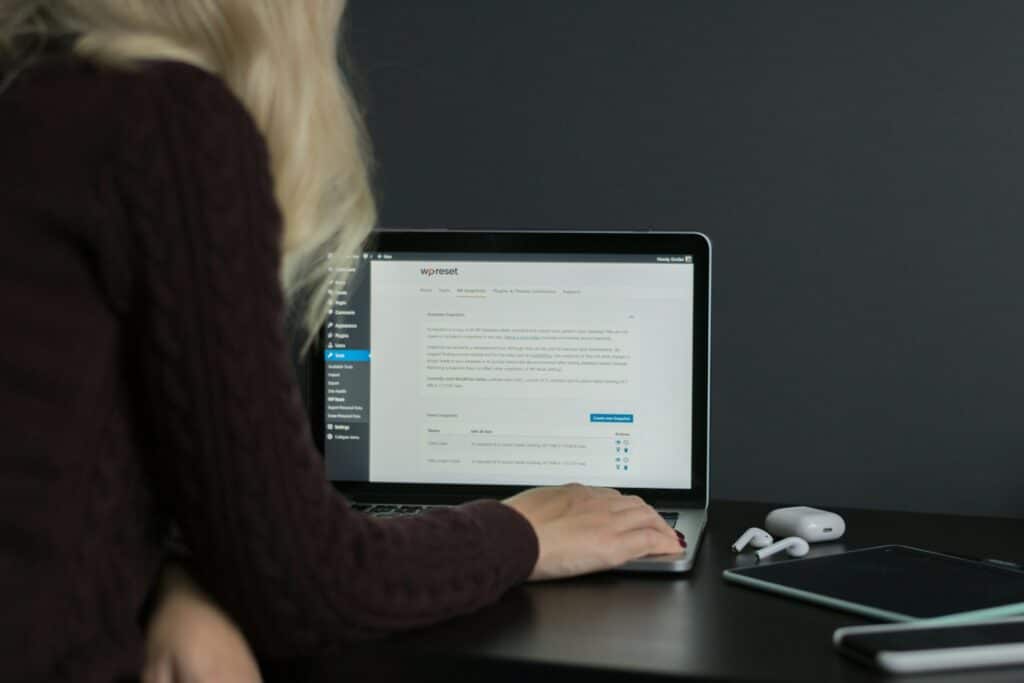Consumers crave a customised experience, with around 80% of them preferring to do business with companies that personalise their content. So how can you reach your target market and provide a unique user experience with localised marketing?
Localised marketing is a method in which a website and its content are adapted to fit the needs of a particular group in a geographical area. Several strategies, including multilingual content, translation, and localisation plugins, can do this.
What Is Localised Marketing and Why Is It Important?
To connect with a target audience, you need to approach them naturally. This involves knowing culture and community well, from its languages to traditions. Once a website is curated in this way, it becomes localised.
While this may see traffic from global audiences diminish, you will get a much higher quality of traffic as the website caters to specific visitors’ needs. Many major international brands employ this strategy, making smaller localised websites for people worldwide. Just a snippet of the benefits is below.
- Target a larger local audience
- Improved SEO
- Increases conversions
- It makes the site more accessible
WordPress localisation can be broken down into two main camps. These are language and content. This should also go beyond the website itself and branch into your marketing efforts, from emails to social media.
They need to go hand in hand because many people may be in very different locales despite using the same language. For example, a speaker of Spanish in Madrid would have different needs to a Spanish speaker in Argentina.
Ways to Enable WordPress Localisation
There are several methods you can use to install localisation on your website. Below are the most common ones.
Translate Website
One of the easiest methods is to translate your site to a local language. Luckily, you don’t have to do this manually. Instead, a machine can do it for you.
You may have used this yourself on Google translate. All you need to do is upload the text, and the language changes almost instantaneously. You can switch your content, and you don’t need to pay for a costly translator to do it for you.
The downside is that this technology is still developing. As a result, it is often easy to see when a machine has translated text, which is not the effect you want. Offset this by getting a native speaker to proofread it before sharing it on your website.
Geolocation Plugins
Geolocation plugins can come on their own or with translation services included. Mainly, they focus on adding geotags and mapping to your WordPress site, helping visitors find posts based on location and distance. There are many of these on the market serving different needs, and even the popular SEO plugin Yoast now has a paid geolocation feature.
Local SEO
Local SEO has a lot of crossovers with localisation. However, the term is often most associated with websites with a commerce business, such as a local service, shop or restaurant. Nevertheless, many of its principles can help you localise your website.
While many topics are covered elsewhere in the blog, two considerations must be made explicit. These are conducting local keyword research and local links.
Keyword Research
You have probably done keyword research for your website before. The difference with local SEO is that you search for terms that only apply to your local area.
For example, if you open a burger restaurant and search for keywords, you may find “Best Burger” is popular. However, using this, you would face stiff competition from the major fast-food chains.
However, if you found “Best Burger Manchester” and that was where your hypothetical burger joint was located, you have discovered localised keywords. This is much more likely to get traffic and visitors.
Local Link Building
Backlinking is a method in which a link from one website points back to your own. This acts as an indicator to search engines how useful the content on your site is. Links from sites with better domain authority mean that your chances of ranking are better.
When local link building, you want search engines to know your website deals with a particular locality. To do this, get links from other local websites like businesses, directories and local media.
For smaller businesses, this tends to be easier. However, large global companies may find it hard to get links from local websites as their content may not be as relevant.
Inbound Marketing
Inbound marketing is not something you will have to add to the website’s functionality. Instead, this is something you must adapt to and change in your marketing efforts.
The definition of inbound marketing is a piece of content that caters to your customers’ needs. You provide information on something that solves their problems. This draws them into your website.
Looking for a complete WordPress Maintenance Plan?
With all ThriveWP care plans, we include free migration, malware removal, daily/hourly backups, plugin theme and core updates, ongoing support and 24/7 security monitoring and firewall.
When you are trying to implement local SEO on your website, the local customers’ needs will be different from the global ones. Therefore, your content curation must reflect this with various topics and suggestions.
For example, if you target the Scottish Islands, your content may switch to local news. In addition, you may have weather widgets, content on fishing or tourism, or include local information and evergreen content.
Planning Your Localised Marketing
Now you know how to do localised marketing on WordPress, set out a plan. Of course, you can’t do this overnight, but you can gradually adapt and change. Remember that, like any SEO, it needs to be an ongoing process that is revisited.
Should you need assistance managing your website, then ThriveWP should be your first stop. We have services ranging from maintenance to backups and security. Contact us here to discuss your needs and let us help you thrive in the digital economy.






